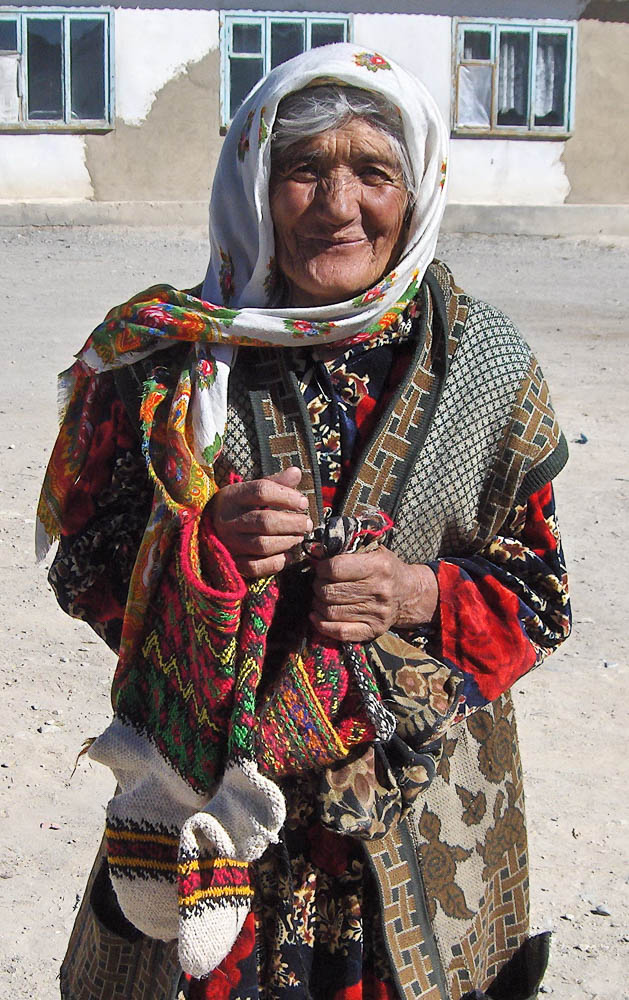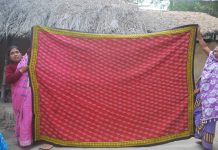Knitting and weaving are an ancient crafts of the Tajik people. Archaeological findings of the ancient Penjikent (fifth to eighth centuries A.D.), such as lacy linen braided nets for hair, are indicative in this matter.

Knitting is developed mainly in the Pamir and in the mountainous areas of the Zeravshan valley. The need to manufacture and wear this type of product was due to harsh climatic conditions of the Gorno-Badakhshan region. Knitting of jurab-stockings is performed exclusively by women, who transfer their skills to daughters and other family members.
In the past, Tajik jurab makers knitted them from threads, hand-woven from the wool of local sheep and goats. Today, women continue to knit jurabs, using both hand spun and factory produced yarn.
Jurabs are made with knitting pin and crochet. The length of this tight knit item varies, they can be lower or above the knees. They can also be with or without heels. Often contrasting colours are used. In the past, the knitting pin used to be made of branches of white willow, daphne willow, osier and brushwood collected in the Pamir mountains.
Jurabs can be black, red, green, yellow and purple. Since ancient times, Pamirians were able to get this set of colours by using only natural dyes. To extract these dyes, they used vegetable henna, hazelwood bark and other plants of the Pamirs.
The main distinguishing feature of the Pamir jurabs is the colourful knitting with a lot of symbols. In the ornament, symbolism of the ancient Aryans is preserved, which consists of the sun and the cross hundunai hurshed, in which four elements of nature (fire, air, earth and water) are crisscrossed.
Large number of ornamental forms and motifs in jurabs belong to the zoomorphic type: chahak (chicken), pai murg (chicken footprint), nokhuni palang (tiger claws), shoh (horns), pai gurg (wolf track), changi parranda (birds claws), kazhdumak (scorpion), sinai boz (falcon breast), pari tovus (peacock feathers), etc. According to the master Rano Khorkasheva, in the past there were around 40 types of ornaments. Today many of them are forgotten.





